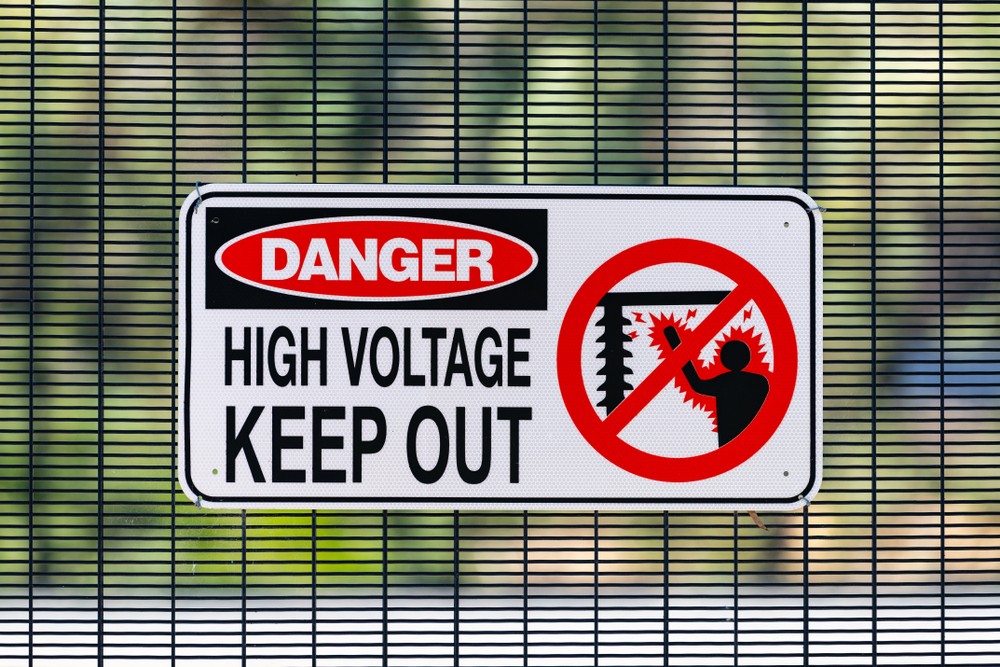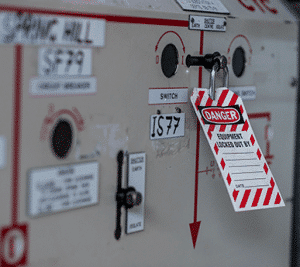Some Ideas on Roar Solutions You Need To Know
Some Ideas on Roar Solutions You Need To Know
Blog Article
Roar Solutions Fundamentals Explained
Table of ContentsRoar Solutions for DummiesRumored Buzz on Roar Solutions9 Simple Techniques For Roar Solutions
In such an environment a fire or surge is possible when 3 standard conditions are met. This is often described as the "harmful location" or "burning" triangular. In order to protect installations from a prospective surge a technique of evaluating and identifying a possibly dangerous area is required. The purpose of this is to guarantee the correct selection and setup of equipment to ultimately prevent a surge and to guarantee safety and security of life.
(https://my.omsystem.com/members/roarsolutions)
No equipment needs to be mounted where the surface area temperature level of the devices is more than the ignition temperature level of the provided risk. Below are some typical dirt dangerous and their minimal ignition temperature level. Coal Dirt 380C 225C Polythene 420C (thaws) Methyl Cellulose 420C 320C Starch 460C 435C Flour 490C 340C Sugar 490C 460C Grain Dust 510C 300C Phenolic Resin 530C > 450C Aluminium 590C > 450C PVC 700C > 450C Residue 810C 570C The likelihood of the danger being present in a concentration high adequate to cause an ignition will differ from area to area.
In order to identify this risk an installation is divided right into locations of risk depending upon the quantity of time the harmful is existing. These areas are described as Zones. For gases and vapours and dusts and fibers there are three zones. Zone 0 Area 20 An unsafe atmosphere is highly likely to be present and might be present for extended periods of time (> 1000 hours each year) and even constantly Zone 1 Area 21 A hazardous atmosphere is feasible however unlikely to be existing for extended periods of time (> 10 450 C [842 F] A category of T6 indicates the minimal ignition temperature level is > 85 C [185 F] Hazardous area electric devices perhaps created for use in greater ambient temperature levels. This would certainly indicated on the score plate e.g. EExe II C T3 Ta + 60C( This implies at 60C ambient T3 will certainly not be gone beyond) T1 T1, T2, T3, T4, T5, T6 T2 T2, T3, T4, T5, T6 T3 T3, T4, T5, T6 T4 T4, T5, T6 T5 T5, T6 T6 T6 A T Class score of T1 means the optimum surface temperature created by the instrument at 40 C is 450 C. Presuming the associated T Class and Temperature rating for the equipment are appropriate for the location, you can constantly use an instrument with a more rigorous Division score than needed for the location. There isn't a clear response to this concern unfortunately. It actually does rely on the sort of tools and what repairs need to be performed. Tools with specific examination procedures that can not be carried out in the field in order to achieve/maintain third party rating. Must come back to the factory if it is prior to the tools's solution. Field Repair By Authorised Worker: Challenging testing may not be required nevertheless details procedures might need to be adhered to in order for the equipment to preserve its 3rd party rating. Authorized workers should be used to perform the job appropriately Fixing have to be a like for like replacement. New part have to be considered as a direct substitute needing no unique screening of the equipment after the fixing is total. Each item of devices with a dangerous rating need to be reviewed individually. These are detailed at a high resource level below, but also for more comprehensive details, please refer straight to the standards.
Roar Solutions Can Be Fun For Anyone
The equipment register is a detailed database of equipment records that consists of a minimum set of fields to identify each item's place, technical criteria, Ex lover classification, age, and environmental information. The proportion of In-depth to Shut examinations will be identified by the Equipment Threat, which is examined based on ignition threat (the chance of a source of ignition versus the probability of a flammable environment )and the hazardous location classification
( Zone 0, 1, or 2). Carrying out a robust Risk-Based Examination( RBI )approach is essential for making certain compliance and safety and security in handling Electrical Tools in Hazardous Locations( EEHA).
Some Known Details About Roar Solutions

In terms of eruptive threat, a hazardous area is an environment in which an eruptive atmosphere exists (or may be expected to be existing) in quantities that need unique precautions for the building and construction, installment and usage of equipment. high voltage courses. In this article we explore the challenges dealt with in the office, the threat control measures, and the needed competencies to work safely
It is a repercussion of modern-day life that we make, store or take care of a series of gases or fluids that are deemed combustible, and a series of dusts that are considered flammable. These substances can, in particular problems, create eruptive environments and these can have major and awful repercussions. The majority of us know with the fire triangle eliminate any kind of one of the three components and the fire can not occur, yet what does this mean in the context of harmful areas? When damaging this down right into its simplest terms it is basically: a mix of a specific amount of launch or leak of a particular substance or product, blending with ambient oxygen, and the presence of a source of ignition.
In many instances, we can do little about the levels of oxygen in the air, however we can have considerable impact on sources of ignition, as an example electrical equipment. Harmful locations are recorded on the unsafe location classification drawing and are recognized on-site by the triangular "EX-SPOUSE" sign. Below, among various other essential details, zones are divided into three kinds relying on the hazard, the chance and period that an explosive atmosphere will exist; Zone 0 or 20 is deemed the most harmful and Area 2 or 22 is regarded the least.
Report this page